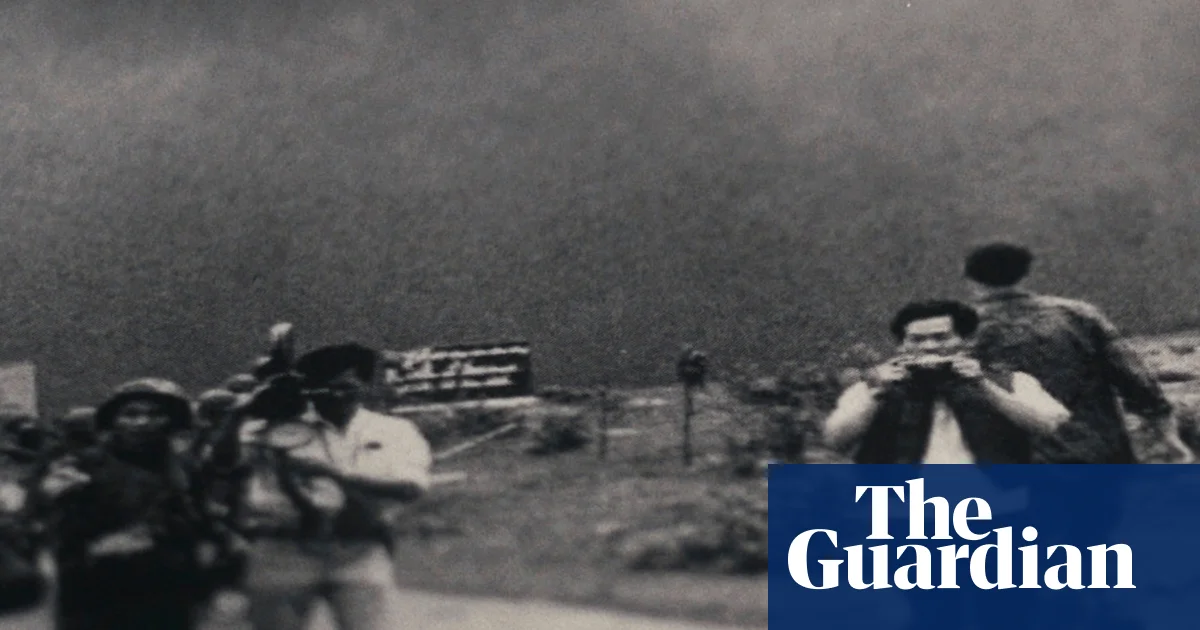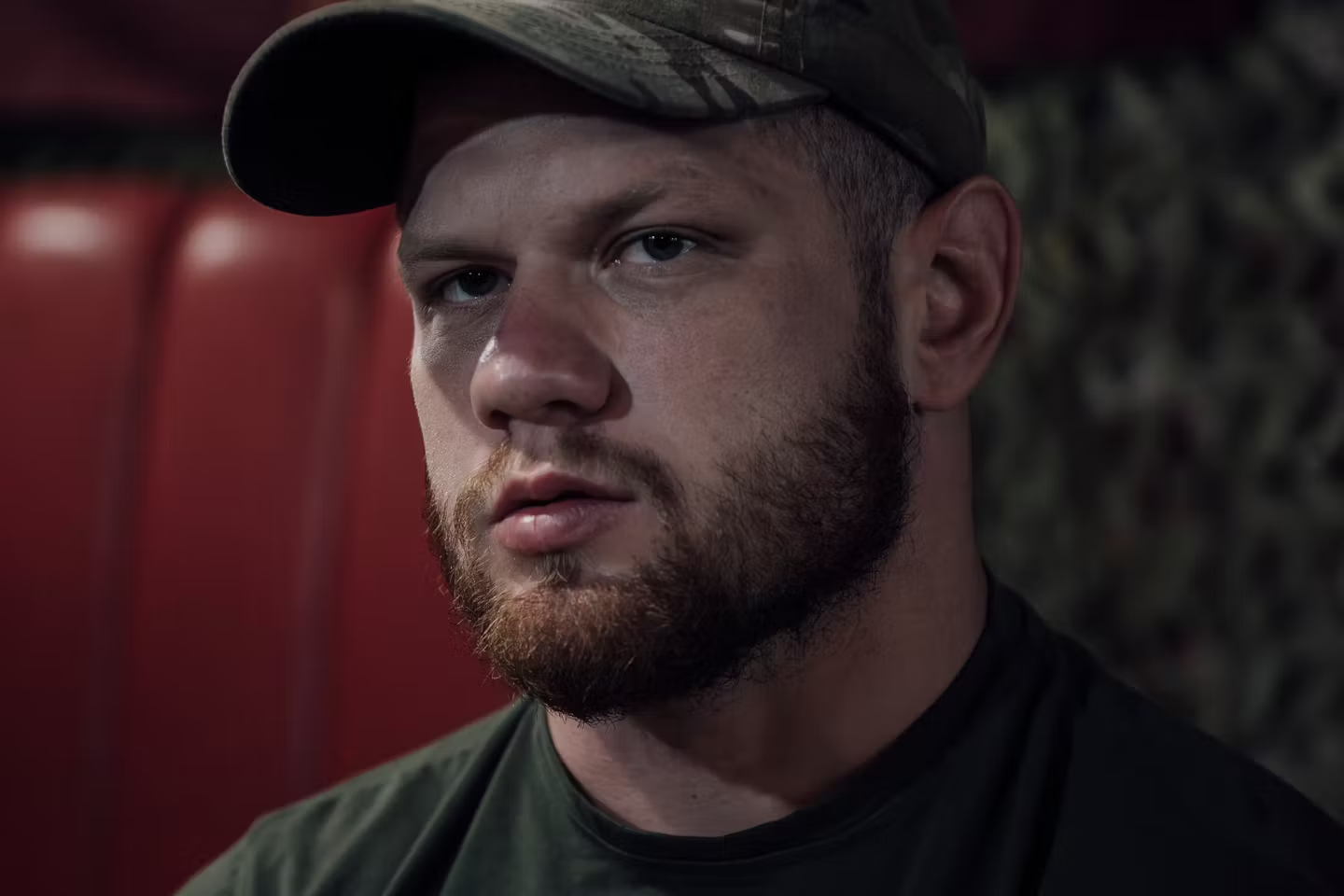A controversial Netflix documentary follows an investigation into the truth behind one of the most important wartime photos ever taken
It is one of the most recognizable photographs of the 20th century: a naked girl – arms wide, face contorted, skin scorched and peeling – running toward the camera as she flees a napalm attack in South Vietnam. To her right, a boy’s face is frozen in a Greek tragedy mask of pain. To her left, two other Vietnamese children run away from the bombed village of Trảng Bàng. Behind them, an indistinguishable group of soldiers and, behind them, a wall of black smoke.
Within hours of publication in June 1972, the photo, officially titled The Terror of War but colloquially known as Napalm Girl, went the analog version of viral; seen and discussed by millions of people around the world, it’s widely credited with galvanizing public opinion against the US war in Vietnam. Susan Sontag later wrote that the horrifically indelible image of nine-year-old Kim Phúc in distress “probably did more to increase the public revulsion against the war than a hundred hours of televised barbarities”. Sir Don McCullin, the legendary British photojournalist who covered the conflict, deemed it the single best photograph of what would later be called “The Television War”. Napalm Girl is, “simply put, one of the most important photographs of anything ever made, and certainly of the Vietnam war”, said Gary Knight, a British photojournalist with decades of combat photography experience.



